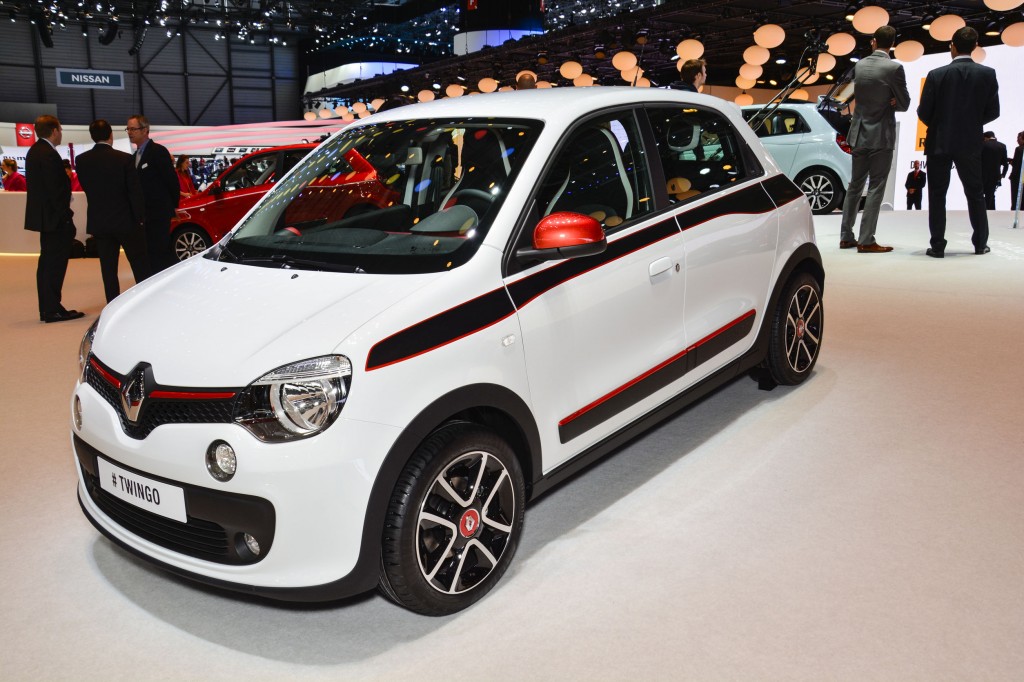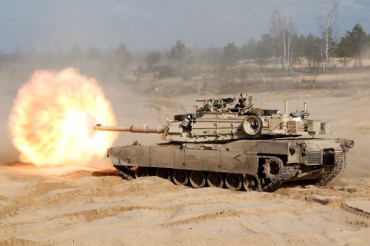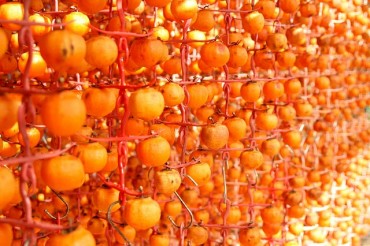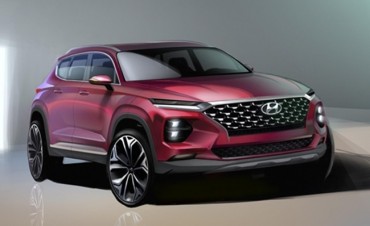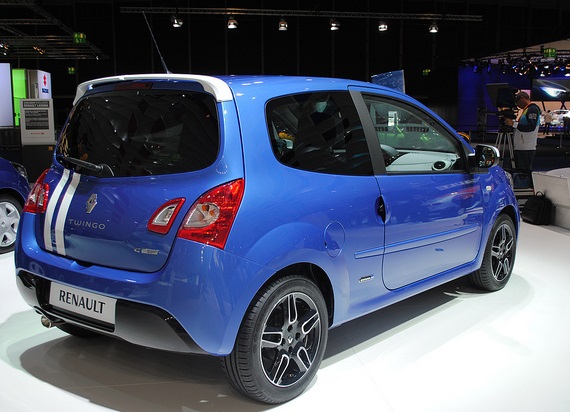
Renault Samsung Motors said recently that it won’t be able to import the light car model because of incongruity with Korea’s light car regulation.(image:Autoviva/flickr)
SEOUL, Nov. 25 (Korea Bizwire) — Due to a difference of 4 centimeters in width, the Twingo, the popular city car model manufactured by Renault, will not land in Korea. Renault Samsung Motors said recently that it won’t be able to import the light car model because of incongruity with Korea’s light car regulation.
Currently the Korean government defines the light car with dimensions including 360 centimeters in length, 160 centimeters in width, and 200 centimeters in height. The requirement for engine displacement is 1.0 liter or smaller.
SEE ALSO: GM Korea CEO Says Corvette May Not Be Sold in Korea Due to Noise Regulation
SEE ALSO: Euro 6 Regulation May Raise Commercial Vehicle Price by 10 Mil. Won
As for the Twingo, it can easily belong to the category in terms of engine size as it is mounted with a 0.8-liter engine. But its width of 164 centimeters is slightly over the limit, while the length and height of 359 centimeters and 155 centimeters are within the requirements.
The models that currently meet the requirements are the Kia Morning (Kia Picanto) and Ray, Chevrolet Spark, and Smart Fortwo of Mercedes-Benz. Some import brands adjust the front and rear bumpers in order to comply with the regulation, but in the case of the Twingo it is impossible to do so as it has to shave off the side doors.
The Korean government grants a variety of privileges to light car owners as a way to encourage people to drive fuel-efficient cars, including a 10-percent discount on liability insurance premiums, a 50-percent discount on highway tolls and public parking spaces, full exemption on registration and excise taxes.
Some in the automotive industry had expected the Twingo to enliven the market for small cars. But their hopes will be dashed by the excessive enforcement on the light car’s regulatory definition. Some of the budget-conscious consumers are raising their voices to demand the government to relax the regulation so that their choice in light cars could be widened.
[NEWS & HISTORY]
Renault Samsung Motors is a South Korean car manufacturer headquartered in Busan. It was first established as Samsung Motors in 1994 by the chaebol Samsung and started selling cars in 1998, just before South Korea was hit by the Asian financial crisis. Since September 2000, it has been a subsidiary of Renault, although Samsung maintains a minority ownership.
After the 2000s acquisition, Renault renamed Samsung Motors as Renault Samsung Motors (RSM). That year, company’s results began to improve. Some journalists attribute this to the success of the first car manufactured at Busan (the SM5) in taxi fleets, which led to increased confidence for the model within the rest of the customers. During the next years, the company introduced a new vehicle range, including the SM3 in 2002, the SM7 in 2004 and the crossover QM5 in 2007. Over time, RSM changed its products from a Nissan based architecture to a Renault based one. As part of the Renault group, Renault Samsung became basically an export-oriented manufacturer. (Wikipedia)

BMW’s Mini, which is by far the No. 1 brand in the light car category elsewhere in the world, is not classified as a light car under the Korean law and does not enjoy the privileges granted by the government.(image:Martin de Witte/flickr)
Korea’s share of light cars in total vehicles on the road is only about 10 percent, which is much lower than that for countries like Japan, France, and Britain ranging between 30 and 40 percent. That’s largely because regulation is too strict and it is hard for auto makers to offer small cars below the 10 million won level through import. That’s why Korea’s light car market is dominated by a few oligopolistic brands.
For example, BMW’s Mini, which is by far the No. 1 brand in the light car category elsewhere in the world, is not classified as a light car under the Korean law and does not enjoy the privileges granted by the government.
Still, the Mini was selected as the second best favorite model (14.0%) after the Hyundai Avante (20.3%) in a survey on college students held last year by Hyundai Mobis. According to SK Encar, a used car trading platform, the Mini claimed 49.9 percent among small import cars registered on its site during the first half of this year. It suggests that the sales of the Mini will increase rapidly if the light car regulation is lifted.
Smart Korea, the local importer of the Smart Fortwo, is also in a predicament as the third-generation model to debut next year will be longer by 6 centimeters than the current length regulation of 360 centimeters. For this reason, the import car industry has asked the government to lower the regulation for a long time.
In addition to the Mini, other small cars loved by motorists across the world such as the Toyota Aygo, Fiat Cinquecento, Volkswagen up!, and Citroën C1 are classified as compact cars, not light cars, by the Korean law.
By Lina Jang (linajang@koreabizwire.com)


